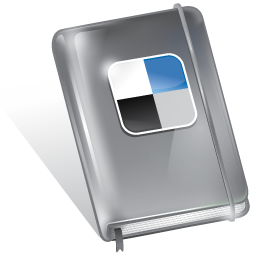May 18, 2011 by Whitney Hoffman
This week, Jenifer Fox and I have finished the edits on The Differentiated Instruction Book of Lists, our book with Jossey-Bass Teacher that comes out August 1, 2011. There was so much Jenifer and I wanted to include in the book, but since books still deal with traditional things like “paper” and “ink”, we needed to cut a section or two and a few lists to make sure we didn’t go over our page limit. We decided we’d release this extra material here, providing you additional resources and links that just wouldn’t fit into the printed version.
For example, when the book comes out, we’ll have an additional bonus chapter here all about Differentiated Instruction and Neurological Constructs. These lists help teachers understand more about the neurological basis of learning styles, and how differentiating instruction can help students who have strengths and weaknesses with these underlying learning building blocks. The lists in this section include:
- Definitions of Eight Neurological Constructs
- Attention, First Understand, Then Apply These Recommendations
- Understanding Memory
- Tips and Strategies to Differentiate Using Memory Techniques
- Advice on Increasing Executive Functions
- Ten Strategies for Spatial Ordering
- Ten Strategies for Developing Higher Order Thinking
These lists are “deep diving”- they go more in depth about how to figure out what a particular student may be thinking, and where they may be having trouble in the classroom. It helps teachers understand more about the process of learning, including how a student’s executive functions, which includes skills like organization and self-monitoring, both change over time, and where they can be supported in the classroom.
Another bonus chapter we’re including on the web will be on Common Questions And Answers, including lists on:
- What Can I Do Tomorrow?
- How Will I Know if it’s Working?
- Does Whole Class Instruction Still Work?
- Take Home Points
We’ll also include more in depth links, suggested resources and recommended tools, to make your experience with the DI Book of Lists more interactive.
As always, please leave us comments and let us know what you’d most like to know about Differentiated Instruction, and we’ll be sure to make this website and articles responsive to your requests!





